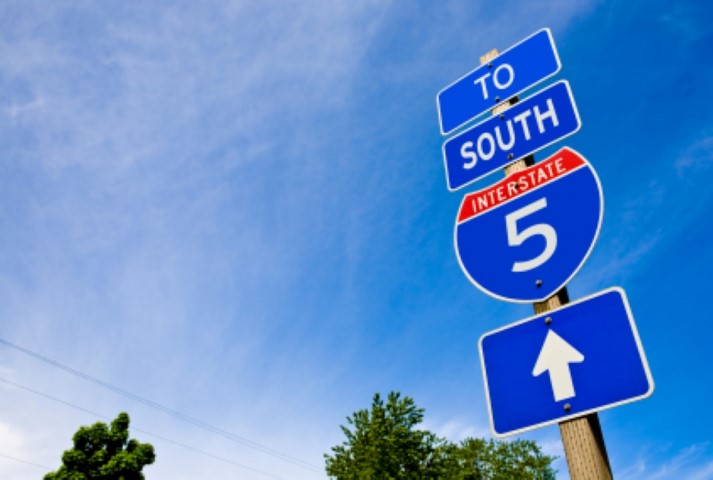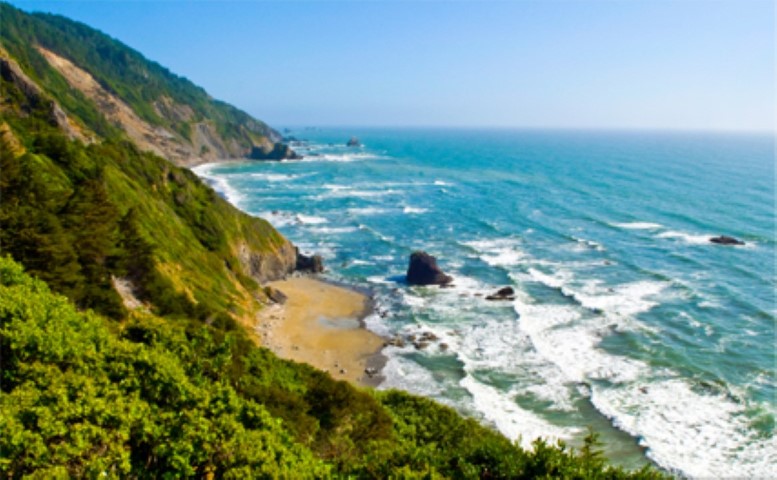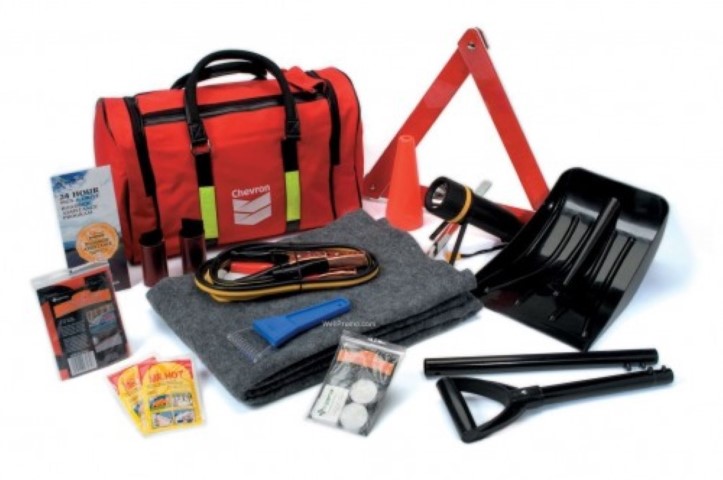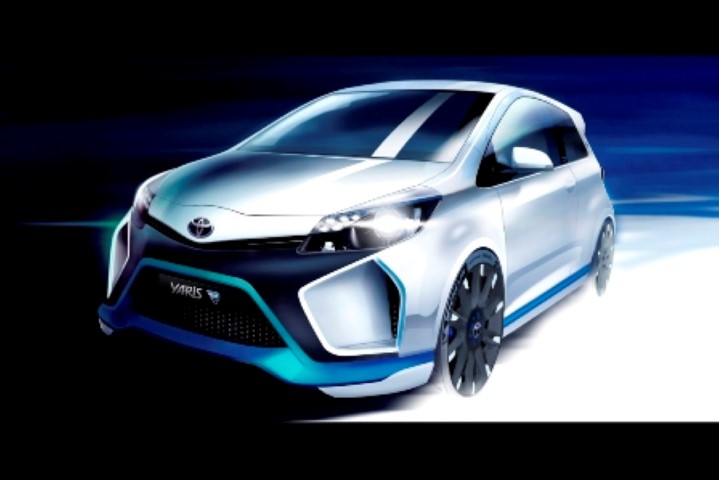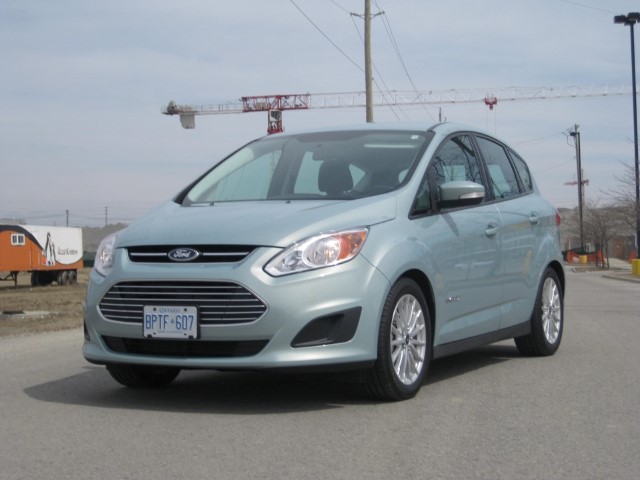
Over the past number of months, Ford has been under scrutiny for their fuel-efficiency numbers on the C-MAX Hybrid. As they work on the 2014 edition, one of their focuses is to improve on their fuel-efficiency testing in order to achieve accurate numbers.
According to United States numbers, the 2013 C-MAX Hybrid was rated at miles per gallon, which translates to a combined 5L/100 km in the city and on the highway. Strangely, the Transport Canada numbers have it rated at 4.0L/100 km in the city and 4.1L/100 km on the highway.
The problem with those numbers is that for one they’re off from each other and secondly I achieved a 6.0L/100 km during a week of eco-friendly driving. Now I understand, almost all fuel-efficient tests are performed under controlled conditions in a laboratory, so most numbers are hard to achieve in real-world situations.
Many new vehicles can simply get away with deflated numbers in most cases, because if fuel economy is not the main focus of the vehicle, no one really cares and they won’t end up being checked. Unfortunately for the C-MAX Hybrid’s case, the numbers were too far off from reality and the 4.0L number was significant for their segment.
Toyota’s Prius has long been the leader of the hybrid movement and was one of the first hybrid’s mass produced in North America. Ford was coming close to their standards and competition is everything in this industry. Once the C-MAX Hybrid numbers didn’t add up – it wasn’t surprising that it became a story.
In contrast, the 2013 Prius has an impressive rating of 3.7L/100 km in the city and 4.0L/100km on the highway. It’s hard to achieve those numbers and I can’t say that I’ve achieved a number in the 3s, but I can consistently get a number between 4.2-4.8, which is relatively close to the ones stated by Transport Canada.
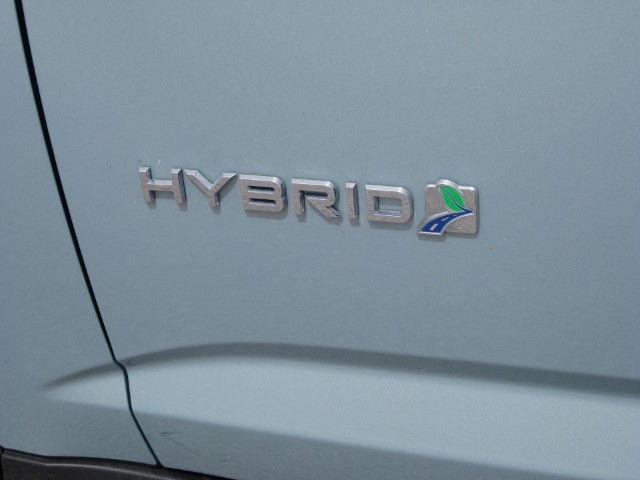
In order to figure out the proper C-MAX Hybrid numbers, Ford is creating a new technique specifically for it. In the past, the Ford Fusion Hybrid was used to test out its fuel-efficiency for a family of vehicles, but now they will be testing the C-MAX Hybrid separately. It’s a smart move by Ford to change their practices and they’ve stated that the new 2014 model will result in a higher combined fuel efficiency rating of 4.5L/100 km.
Additionally, Ford will be going the extra mile to please current C-MAX Hybrid customers by giving them a payment for the difference in the two labels.
For more information on the C-MAX Hybrid and the other changes expected to it, below is the official press release from Ford.
--------
DEARBORN, MI – Underscoring its commitment to fuel economy leadership, Ford Motor Company today said it is upgrading the 2014 Ford C-MAX Hybrid, which will go on sale in December. The company also is changing the way it tests and labels the 2013 C-MAX Hybrid for fuel efficiency to better match performance and improve customer satisfaction.
The upgrades build on powertrain software updates Ford announced last month for the 2013 C-MAX Hybrid. The 2014 C-MAX also will benefit from several hardware changes, including:
- Gearing changes that result in a more efficient transmission drive ratio
- New hood seal, front and rear tire deflectors, A-pillar mouldings and the addition of rear lift gate deflectors to improve vehicle aerodynamics
- New engine oil with reduced friction
The enhancements to the 2014 C-MAX Hybrid are expected to improve customers’ on-road fuel efficiency, especially at highway speeds.
“Ford is absolutely committed to being a leader in the hybrid market and to top fuel efficiency across our lineup,” said Raj Nair, Ford Motor Company, group vice president, global product development. “We are taking actions with our popular C-MAX Hybrid so that customers are even more satisfied with the vehicle’s on-road fuel efficiency performance.”
The variability of on-road fuel efficiency is greater for hybrids than for conventional vehicles. Relatively small differences in driver behaviour and driving conditions can have a significant effect on the degree to which a hybrid’s gasoline engine is used for propulsion, which affects fuel efficiency.
Changes to C-MAX Hybrid fuel efficiency labeling process
In addition to improving the vehicle itself, Ford is changing the way it generates the L/100 km label for C-MAX Hybrid going forward. Previously – and consistent with NRCAN’S Guidelines – testing of the Fusion Hybrid was used to generate fuel efficiency labels for a family of vehicles, including both Fusion Hybrid and C-MAX Hybrid. The result was the same fuel efficiency label values for both vehicles.
While the company could continue to use NRCAN’s Guidelines for C-MAX Hybrid, Ford voluntarily has decided to test and label C-MAX Hybrid separately going forward. The result will be a higher L/100 km label for the 2013 C-MAX Hybrid. Testing to generate a label for the 2014 C-MAX Hybrid is not yet complete.
Label changes for the 2013 C-MAX Hybrid will result in a higher combined fuel efficiency rating of 4.5L/100 km.
Because this voluntary step results in L/100 km values different from the original C-MAX Hybrid label, Ford also is making a goodwill payment to current C-MAX Hybrid owners for the estimated average fuel cost of the difference between the two labels. Customers who purchased their vehicle will receive a cheque from Ford for $895. Customers who leased their vehicle will receive a cheque for $595.
As of July, Ford has sold approximately 1,000 C-MAX Hybrid vehicles in Canada.
Existing customers will be notified by mail, and Ford is working with dealers to re-label vehicles on dealer lots. Customers with questions can contact the Ford Customer Relationship Center at - http://www.ford.ca/service/customerSupport/, or call 1-800-565-3673.


